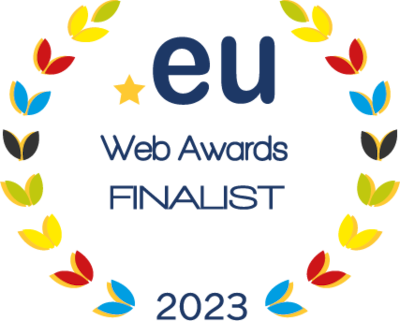
Guidelines for characterization, segmentation, and group dynamics of collective energy actions
23 Feb 21
To foster a common understanding of collective energy actions and review the existing evidence on how to promote them, an extensive review of scientific literature, publications from previous projects, original stakeholder interviews and the legislative framework to energy communities has been carried out.
- Definition: Collective energy actions are defined as the sum of energy-related behaviours that are intended to promote the common goods of a social group. Energy actions take place both in the context of energy communities of place and energy communities of interest.
- Action Phases: Energy communities progress through different action phases:

- Evidence Gap Maps: Two Gap maps (psychological and sociological) on existing empirical evidence show: There still exists a need for controlled empirical evidence on how to promote collective energy actions.
- Drivers & Barriers, Recommendations
Documented factors as possible drivers and barriers for collective energy actors:
- Economic
- Administrative
- Social
- Personal
- Technical
Initial recommendations for inspiring and maintaining collective energy actions:
- Foster social identities
- Provide basis for experiencing self-efficacy
- Channel collective emotions
Excecutive Summany
This deliverable aims to foster a common understanding of collective energy actions and to review the evidence that exists on how to promote them. It is based on an extensive review of scientific literature, publications from previous projects, original stakeholder interviews and the legislative framework to energy communities including empirical as well as conceptual considerations.
In short, we define collective energy actions as the sum of energy-related behaviours that are intended to promote the common goods of a social group. Further, we segment collective energy actions along the two dimensions we consider most central for defining interventions. First, we distinguish collective energy actions that take place in the context of energy communities of place and energy communities of interest. Second, we identify action phases through which the energy communities progress, from inception, foundation, initial operation, maintaining of operations to upscaling and diversification.
Based on this segmentation, two evidence gap maps, psychological and sociological, show that little strong empirical evidence exists as how to promote collective energy actions. Controlled, quantitative evidence exists on individual energy actions, including in the context of energy communities, rather than collective energy actions themselves. The qualitative evidence mainly focusses on the diversification and upscaling phases and foundation, initial and maintaining operations phases for the psychological and sociological perspective respectively. Little evidence pertained to the inception phase, including how to gain new members outside those already involved.
The most commonly documented factors that can act as both, drivers and barriers to collective energy actions, were economic, administrative, social, personal, ethical and technical. As initial set of recommendations to inspire and maintain collective energy actions, we suggest to a) foster social identities, b) to provide the basis for experiencing self-efficacy and c) to channel collective emotions.
This deliverable is intended as a living document. Recommendations will be tailored to the particularities of the DECIDE pilots for Deliverables 1.2 and 1.3 due M12. Special attention will be paid to how pilots might allow for the generation of novel evidence.
The document and upcoming updates can be found here.
All news


